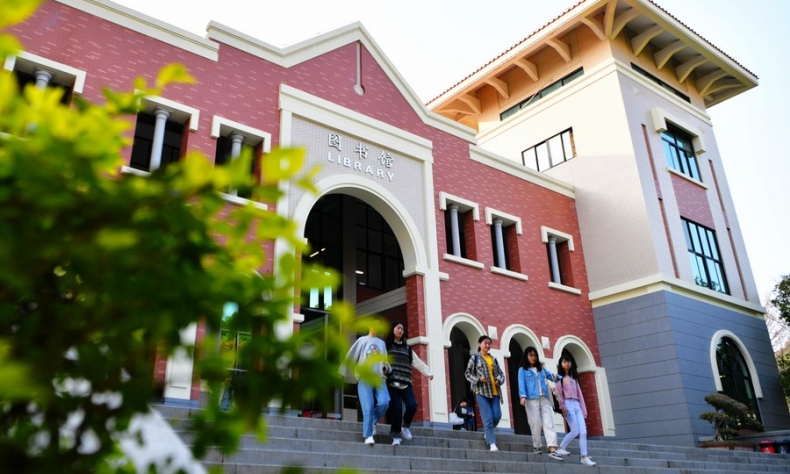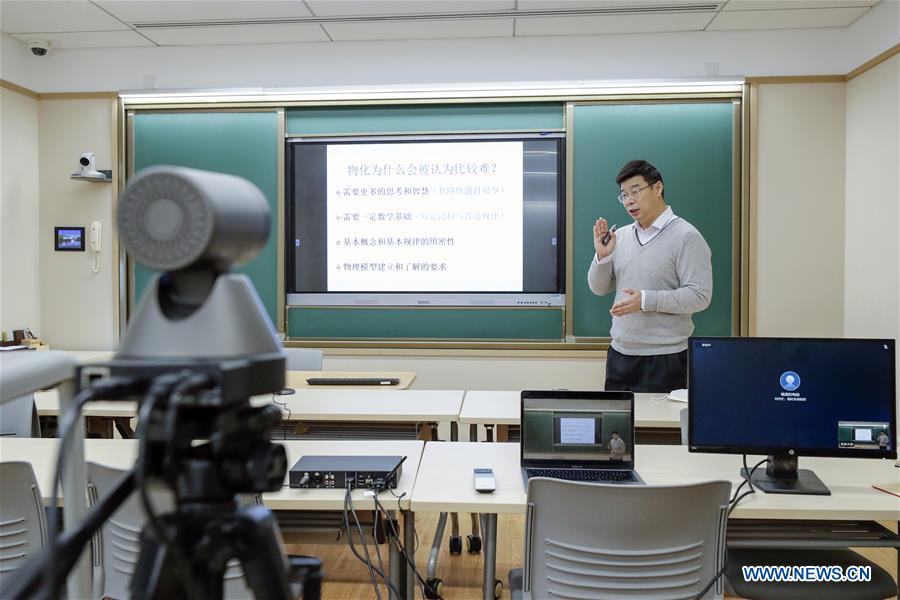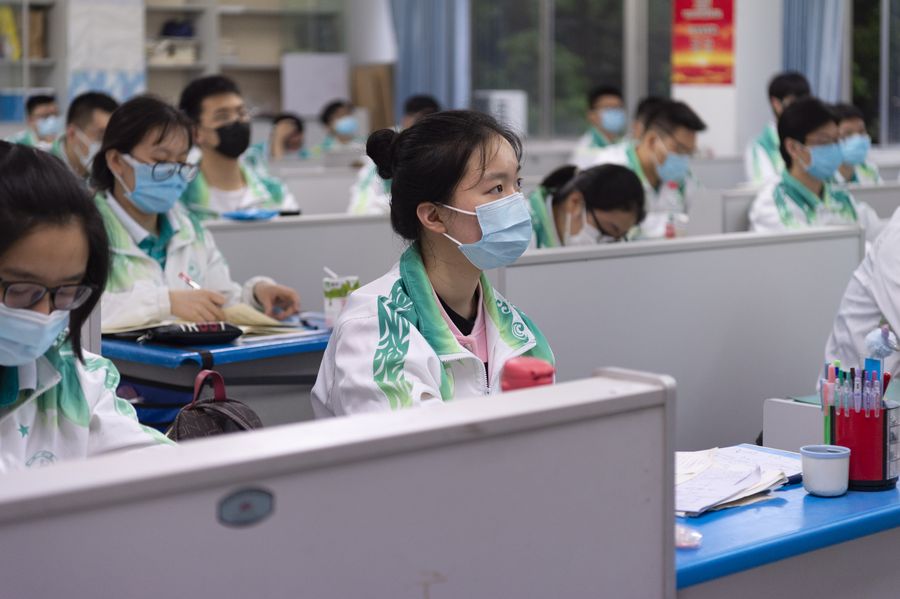Face-to-Face Teaching Returns to Education Institutions

As many teachers and students realize the potential of online tools in terms of enriching the learning process and their outcomes during the pandemic, these tools should certainly be maintained and even deepened when teaching returns to a face-to-face format.
The unprecedented COVID-19 outbreak three years ago presented a massive challenge to the education sector. In order to uphold social distancing, face-to-face teaching has been suspended for an extended period of time in universities worldwide, replaced by remote learning. However, with surging vaccination rates and the rapid development of medicines, more universities have restored face-to-face teaching.
While the move to teaching online due to the pandemic has led to many educational adaptations and innovations, there have always been limitations and challenges to these new methods. As such, as universities return to face-to-face teaching, there have been discussions as to whether such moves are beneficial for learning and teaching in universities.
Compared to online teaching, face-to-face teaching can undeniably facilitate greater interactions among students as well as among teachers and students. While a multitude of online tools, like Moodle and Zoom, can certainly sustain interaction among different individuals without time and space constraints, there is a human touch, intimacy, and rapport that can hardly be provided in online settings. Such traits also make the learning experience more lively and engaging. For instance, teachers can support students in a more direct manner by judging their facial expressions and body language. The close proximal interactions in the classroom atmosphere also make students more eager to share their inner thoughts and feelings with one another. Online tools, then, present a virtual barrier that hinders students from expressing themselves fully.

But even with the return of face-to-face teaching, many teachers and students have expressed their nervousness regarding returning to classroom settings. Many of them have now gotten used to the online environment, becoming comfortable with typing in chat boxes or leaving short comments instead of expressing themselves in a more direct manner. Another issue is that these exchanges tend to be more academic than before the pandemic as this is now the norm thanks to online teaching. Students now tend to shy away from crowds and work in a siloed manner most of the time, hindering their capabilities to interact with one another. As such, a lingering problem has arisen as to their overall well-being, engagement, and feelings of belonging.
Another related issue is the public concern brought on by the pandemic. Due to the infectious nature of the pandemic, it has become a reflex for teachers and students to remain highly cautious all the time. As they move back to online teaching, despite the relaxation of health measures in many places around the world, many students and teachers remain vigilant of the virus to avoid being infected. For instance, they tend to maintain more physical space by sitting further away from each other. This certainly limits the extent they can communicate and interact with one another.
As many teachers and students realize the potential of online tools in terms of enriching the learning process and their outcomes during the pandemic, these tools should certainly be maintained and even deepened when teaching returns to a face-to-face format. This has led to the discussion of blended learning, which intentionally utilizes strategies, technologies, and pedagogical activities that incorporate both face-to-face and online elements. This allows students to learn in a more flexible, effective, and thorough manner. However, there are still several issues that teachers need to address so as to offer students an effective learning experience through blended learning.

While the incorporation of technology is helpful, teachers should be very clear in terms of how it can contribute to the learning process. This requires them to develop a clear and concrete framework in terms of mapping these technological elements with curricula, pedagogical, and assessment designs. This does not mean simply adding elements to the existing structure but really revamping the design by thinking about what existing limitations they could address and what future values they can carry forward. Technology should motivate teachers to reconsider their designs by having them reflect on their underlying principles and assumptions. Only by doing so can they use technology to enhance learning and teaching.
Another important issue is how to foster students’ self-monitoring and self-evaluation. It is very easy to see that students focus too much on technological elements and subsequently neglect the most important parts of learning. This is often the cost of using online tools in the context of learning and teaching. Therefore, this requires teachers to design a well-structured learning environment, followed by articulating the expectations and scaffolding the relevant steps. This can allow students to learn in accordance with the teachers’ expectations rather than going off track according to their own desires. Therefore, there should also be proper mechanisms for students to reflect on their learning process and outcomes.
After all, the university sector has been undergoing another new stage of educational development this year. There should be far more professional discussions on how to capitalize on the existing opportunities to further consolidate and strengthen learning and teaching, which allows students to grow further. However, we must also bear in mind that everything comes with a cost and limitations. Even though these tools are innovative and effective, this requires that we carefully consider and thoroughly judge them before applying them in real-life contexts that will affect students’ interests.
Mathew Wong is an assistant professor in the Department of Social Sciences at the Education University of Hong Kong.
 Facebook
Facebook
 Twitter
Twitter
 Linkedin
Linkedin
 Google +
Google +










